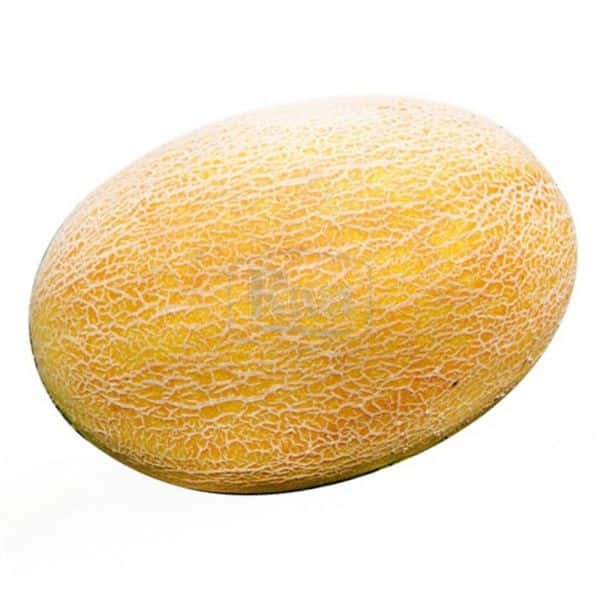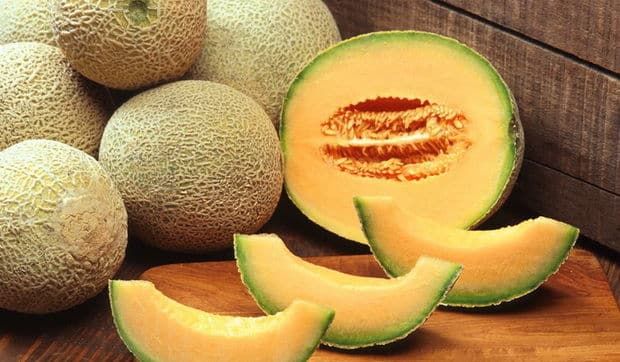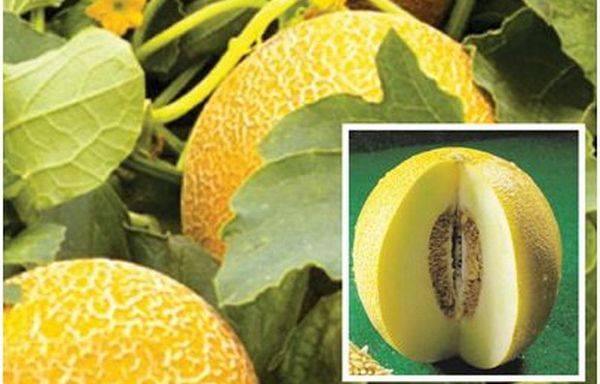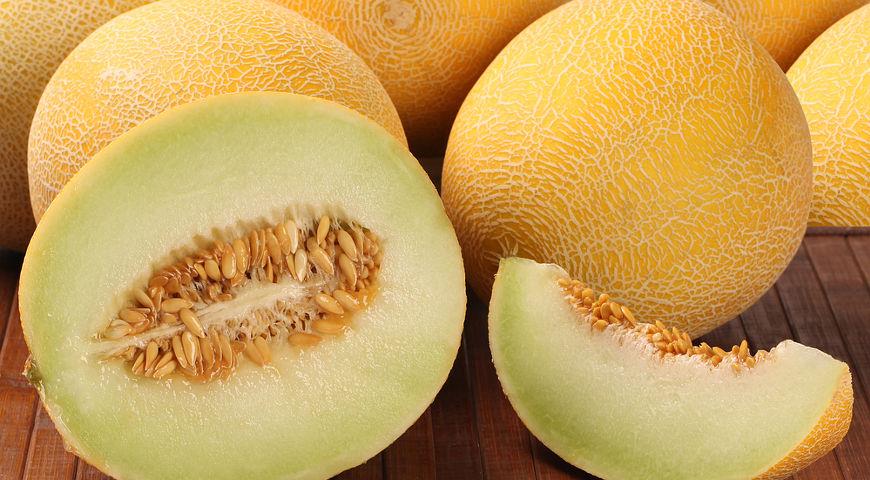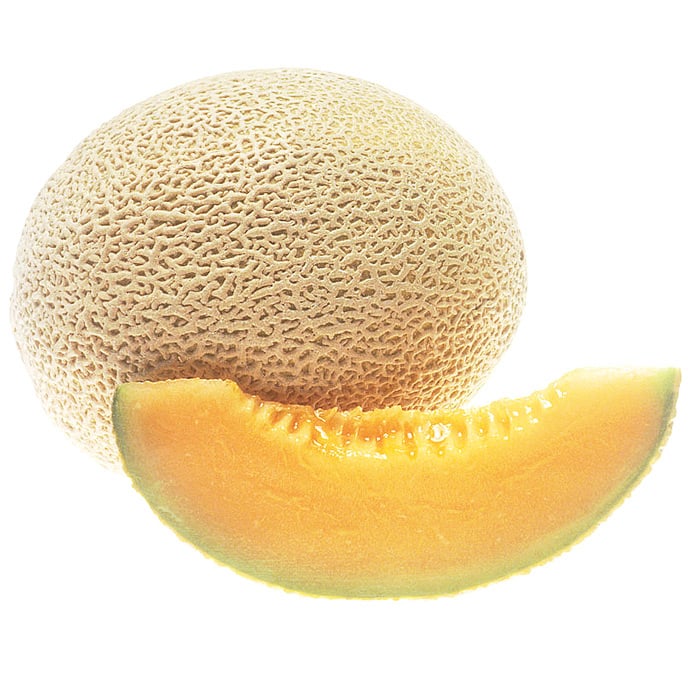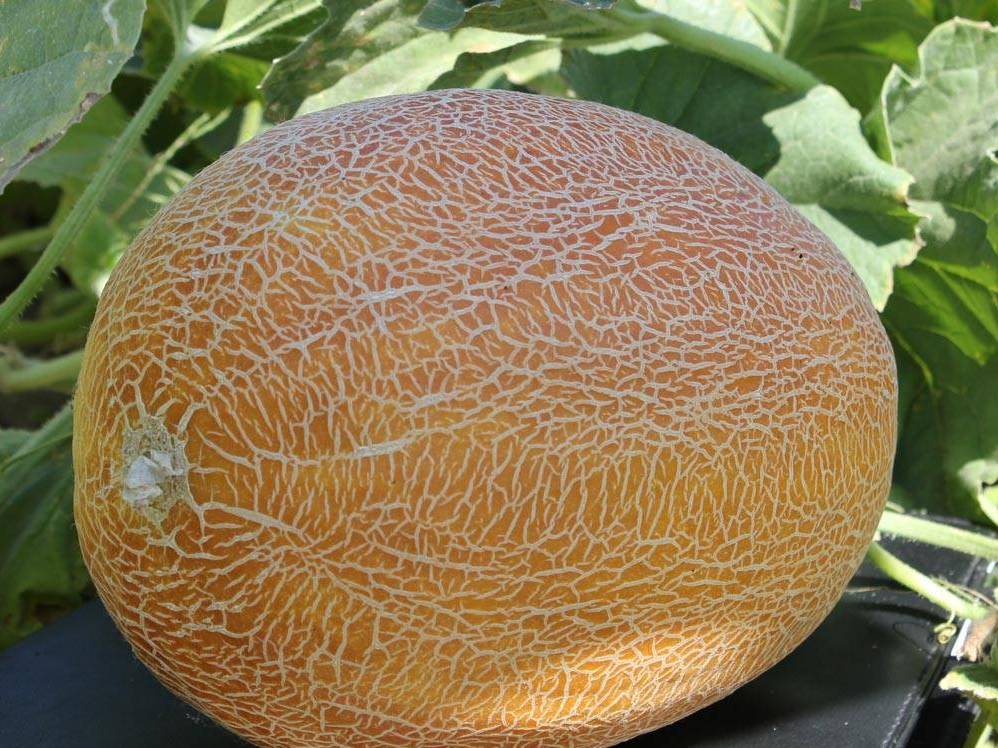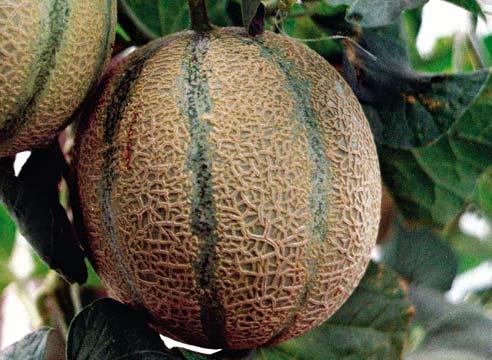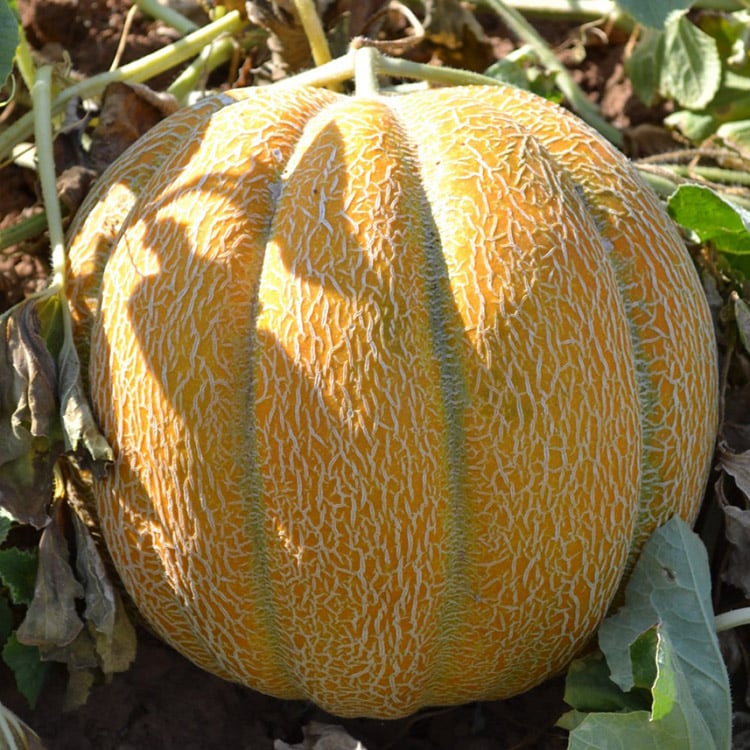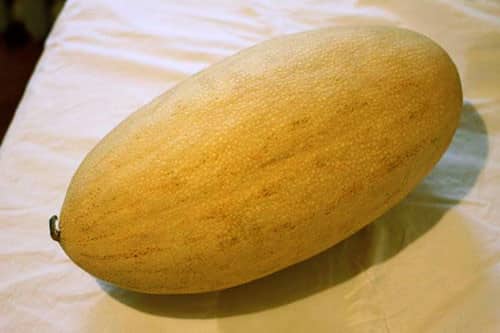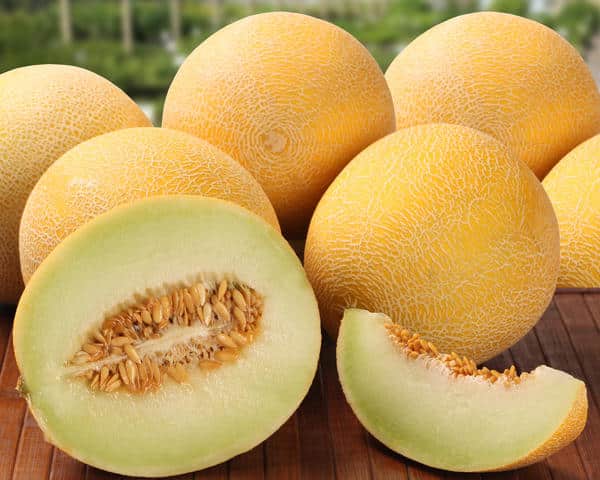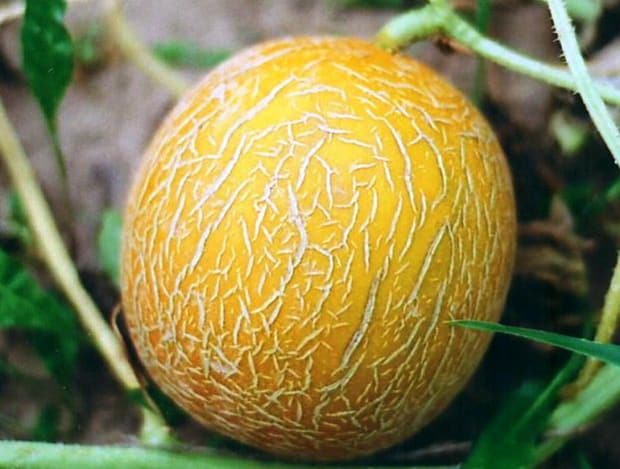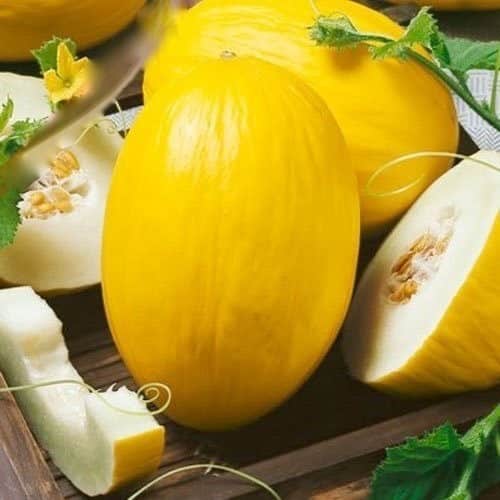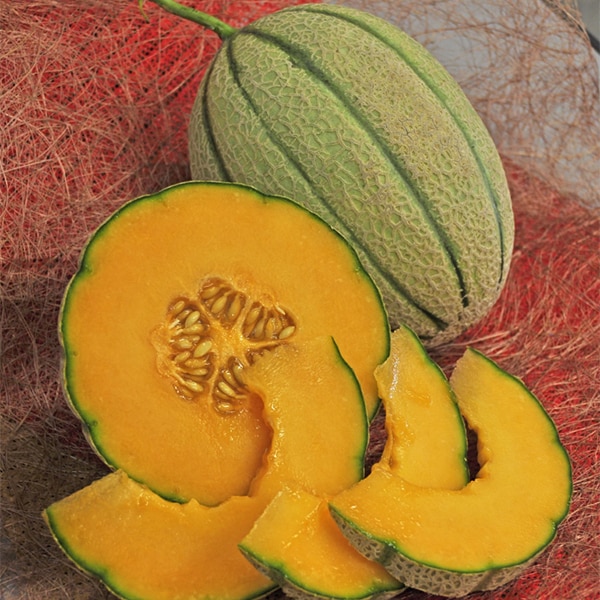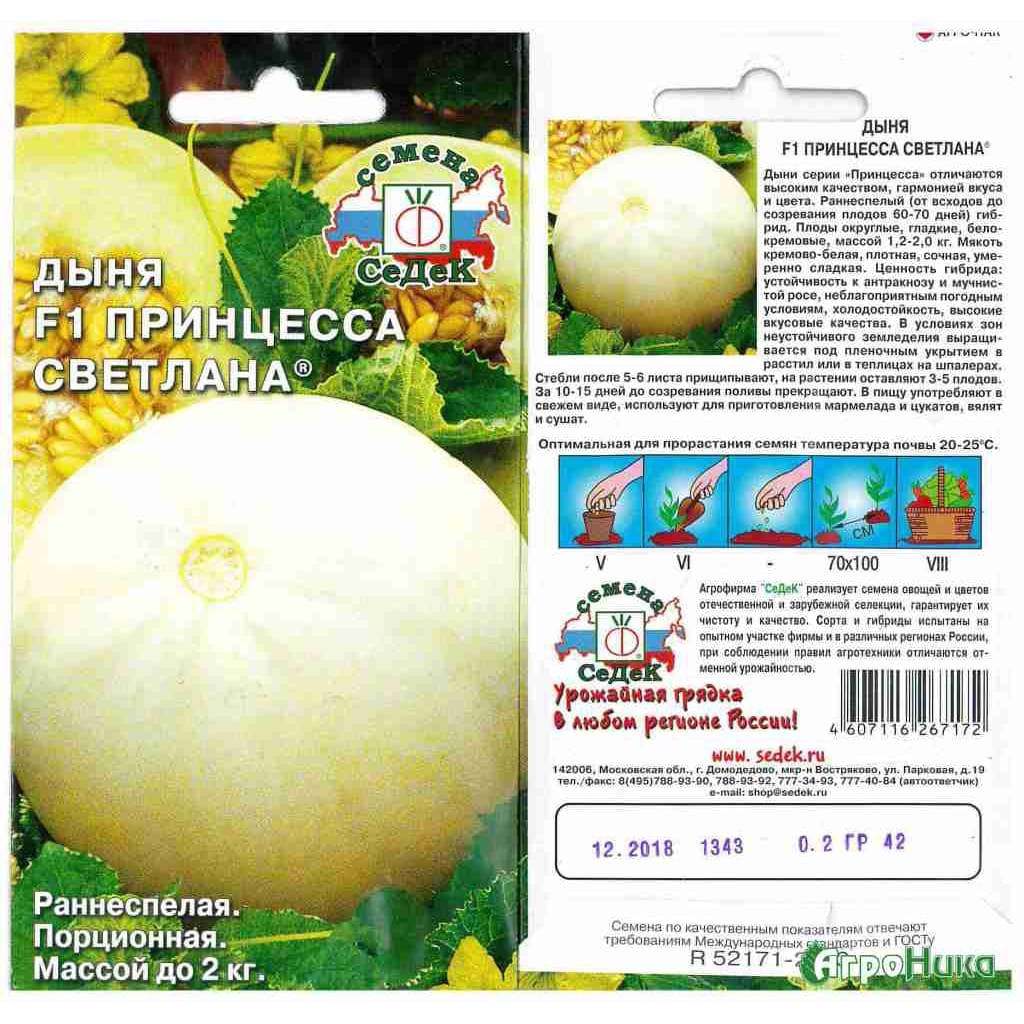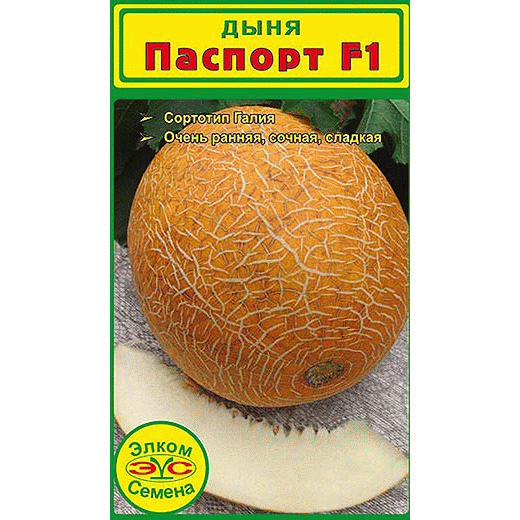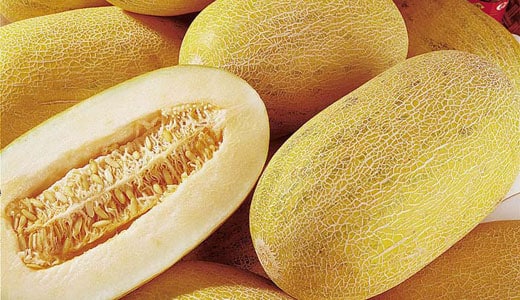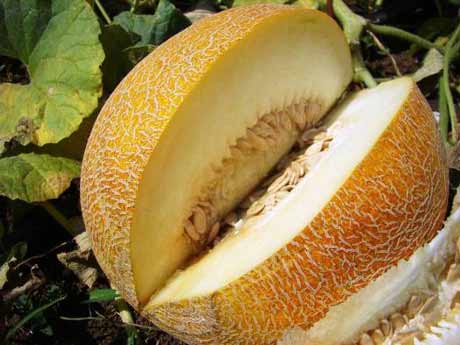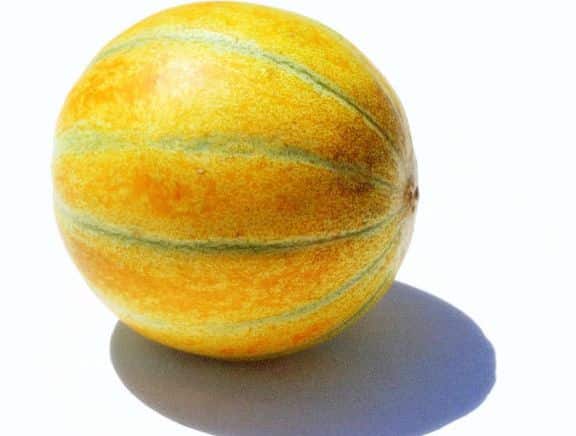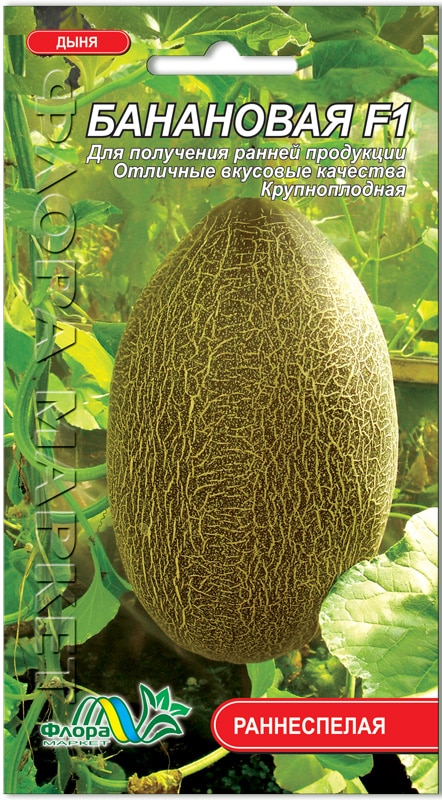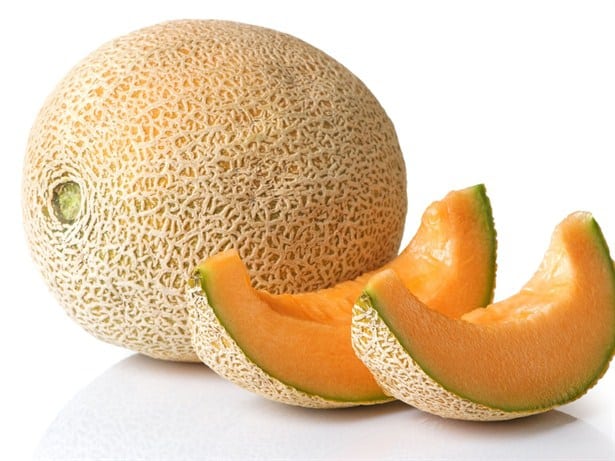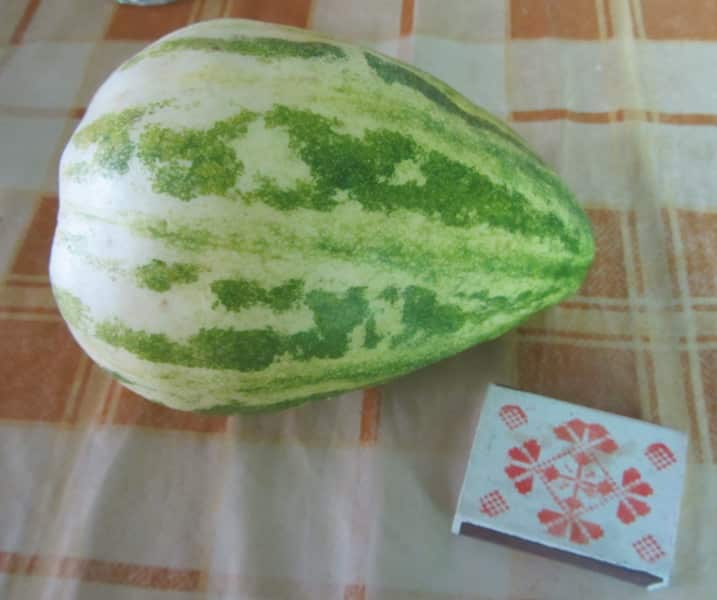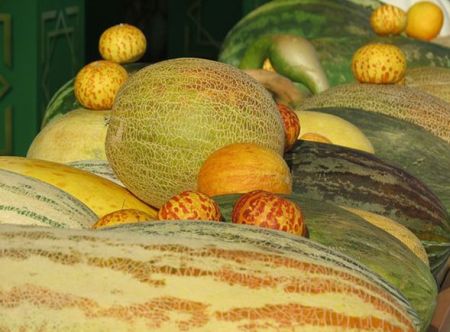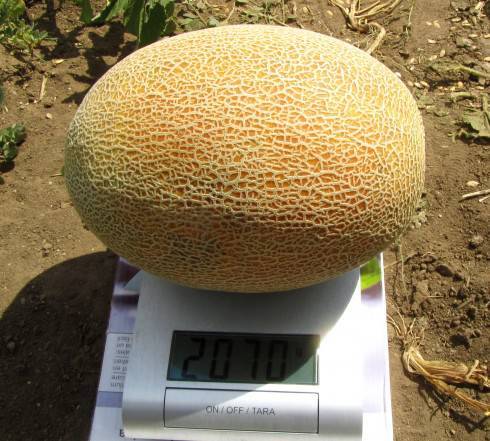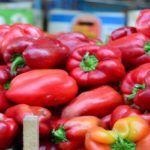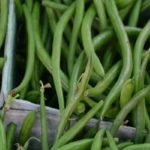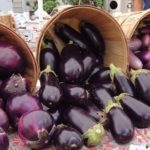The homeland of melon is Asia, as its territory has the most favorable conditions for growing. However, today many gardeners from different countries are planting and growing this plant. Before you start planting, it is recommended that you familiarize yourself with the varieties of melons and their names. This will help you find out the characteristic features of different types of plants and choose the most suitable variety for growing in your garden.
- Early ripening varieties
- Caramel F1
- Altai
- Cinderella
- Mid-season
- Collective farmer
- Amal F1
- Lada
- Galileo F1
- Ethiopian
- Late
- Torpedo
- A pineapple
- Wintering
- Golden
- Melon varieties for central Russia
- Iroquois F1
- Princess Svetlana F1
- Passport F1
- Rainbow
- Serezhka's love
- Cossack woman
- Other types
- European varieties of melons
- Augen
- banana melon
- Cantaloupe
- The sweetest varieties of melon
- Sybarita
- Akmaral
- Radmila
- Conclusion
Early ripening varieties
It's no secret that melons come in different varieties, which have characteristic differences. Among gardeners, mid-season melons are popular, which fully ripen within 60-70 days after planting in open ground. Their advantages include the fact that they grow well in humid and cold climates with little sunlight.
There are three early-ripening types of melons, which are most often grown by gardeners.
Caramel F1
This melon belongs to the hybrid varieties that were bred only for industrial planting. However, over time, ordinary gardeners who grow vegetables and fruits began to plant Caramel. The popularity of this variety is due to the fact that its fruits ripen very quickly. After just a week and a half, fully ripened melons appear, which can be picked and eaten. Also, the advantages of Caramel include its high level of productivity and resistance to sudden changes in weather conditions.
Caramel fruits are distinguished by their rounded, slightly elongated shape, reminiscent of an ellipse. Their surface is covered with dense skin, colored bright yellow. Under the skin of the fruit there is light pulp with a pleasant sweetish taste.
To increase the level of productivity, experienced gardeners advise growing Caramel only by seedlings.
Altai
Breeders created this variety of melons specifically for growing in unsuitable climates with constant temperature changes. Also, the Altai variety grows well in regions with high levels of air humidity.
The fruits have a round shape that tapers slightly near the edges.Ripe melons weigh a lot - about 2-3 kg. Thanks to this, it is possible to collect more than 20 kg of crop per square meter. The distinctive features of the Altai species include the taste of ripe fruits, which have aromatic and sweet pulp. They contain many vitamins and other useful components. Therefore, many advise eating the Altai variety to strengthen the immune system and normalize the functioning of blood vessels and the heart.
Cinderella
Among the early and sweet varieties, Cinderella should be highlighted, which is often grown by gardeners. This species is recommended to be planted in open ground, as it tolerates sudden temperature changes and is resistant to common insects and diseases.
Cinderella's fruits are spherical in shape. Their pulp is covered with a yellowish skin, which protects the melon from the external environment. The weight of the fruit, like that of the Altai variety, reaches three kilograms. The disadvantages of Cinderella include its not very sweet taste, with a slight sourness. Another disadvantage is that the harvested crop is poorly stored and quickly deteriorates.
It is better to plant Cinderella in the second half of spring, when the earth warms up to 15 degrees. At low temperatures, seeds will germinate less easily.
Mid-season
Some people decide not to plant early-ripening varieties of melons and prefer mid-season varieties that will fully ripen within 80-90 days. In warm and sunny weather, the harvest will ripen 1-2 weeks earlier. The most common mid-season melons include five varieties.
Collective farmer
The variety belongs to the group of mid-season melons, the ripening of which lasts about 90-100 days when grown in the garden.If you plant a plant in a greenhouse and create optimal growing conditions, the fruits will ripen within two and a half months. Ripe fruits have a round and slightly elongated shape. They are covered with an orange peel, on the surface of which a mesh pattern is visible. The weight of each fruit is not very large and is only one and a half kilograms. Kolkhoznitsa has juicy white flesh with a rich and sweet taste.
The disadvantages of this variety include the fact that ripe melons cannot be stored, as they quickly begin to rot.
Among the advantages are:
- resistance to low temperatures;
- high level of protection against insects.
This allows you to get a high-quality harvest not only in greenhouse conditions, but also outdoors.
Amal F1
Among all mid-season types of melons, Amal is distinguished, since it easily tolerates such common diseases as powdery mildew, dry rot and fusarium. However, the advantages of the variety include not only its protective functions, but also the size of the fruit. Ripe specimens reach four kilograms, which allows you to harvest more than 20-25 kg of harvest. Amala fruits are flat in shape, their thick skin is yellow with a creamy tint. Under the skin there is pulp, distinguished by a delicate aromatic smell.
Lada
For cultivation in open ground, breeders developed the Lada variety, which bears fruit well in almost any climatic conditions. Also, such melons are resistant to aphids, powdery mildew and other common diseases.
Lada will be fully sung within a hundred days. The fruits are covered with a smooth yellow skin and have a flat-round shape. When grown in optimal conditions, they grow up to two kilograms. The taste of Lada is distinguished by its juiciness and pleasant aroma.
Galileo F1
The main distinguishing feature of Galileo is its resistance to low temperatures, which allows the variety to be grown even in the northern regions of the country.
Another positive quality of melon is its immunity to peronosporosis.
Galileo is covered with a dense greenish peel, which reliably protects the fruit from mechanical damage. Ripe specimens store well after harvest, and therefore are excellent for long-term storage and further sale.
Ethiopian
Ethiopian is popular among gardeners in many countries, as this variety is distinguished by its transportability, excellent taste and rich aroma. Ripe fruits grow up to five kilograms and have an oval shape. The pulp is protected by a dense orange peel, the thickness of which is 5-7 mm.
Experienced gardeners advise growing Ethiopian only using seedlings. This will help increase productivity in the future and get tastier and juicier fruits.
Late
People who are not limited in time are engaged in growing varieties with late ripening. Such fruits are characterized by a high shelf life of the crop and a ripening period of more than three months.
Torpedo
This Uzbek variety is classified as a late-ripening variety of melons that ripens in about 100-110 days. When grown in hot and dry climates, Torpedo will ripen two weeks earlier. The main features of the variety include the weight of ripe fruits, which grow up to 15-17 kg. However, such results can only be achieved when grown in greenhouses. On the street, the weight of the fruit reaches only 5-6 kg.
The surface of the melons is covered with a yellow peel, on which a mesh pattern of light veins can be seen. The skin is very dense and thanks to this it reliably protects the fruit.
A pineapple
Breeders developed this variety specifically for planting in warm climates. Pineapple is not frost-resistant, and therefore gardeners grow it in greenhouses or greenhouses.
Like most other melons, Pineapple has oval and elongated fruits, weighing 2-3 kg.
The distinctive features of Pineapple include its pink interior with a pleasant sweet taste and aromatic smell.
This hybrid variety of melons copes well with pathogens of common diseases. Thanks to this, the plant rarely suffers from gray rot and late blight.
Wintering
From the name of the variety it is clear that the plant is resistant to low temperatures and therefore can be planted in the garden. Wintering refers to the popular late-ripening melons, which ripen within 90-95 days. Melon bushes are quite tall and powerful.
The flat-round fruits are green with a yellowish tint. They are covered with a thick skin, underneath which is sweet and juicy green pulp. Under optimal conditions, the weight of the fruit is about 2-3 kg.
Golden
Golden melons were bred in the Krasnodar region quite recently. This variety is harvested no earlier than 100 days after the first shoots appear. Such melons are considered universal, as they are suitable for growing outdoors and in greenhouses.
The positive aspects of the Golden variety include:
- immunity to insects;
- resistance to temperature changes.
Melon varieties for central Russia
Varieties of melons are classified not only according to the timing of the harvest, but also according to the regions in which they can be grown. There are six varieties that are recommended to be planted in the central zone of the country.
Iroquois F1
Iroquois is one of the most productive varieties grown in this region. Gardeners harvest at least 10 kg of ripe fruits per square meter.
Also among the advantages of the Iroquois is its immunity to pathogens such as fusarium and powdery mildew.
Ripe pumpkins should be collected 2-3 months after planting the seeds.
Princess Svetlana F1
This is an early-ripening hybrid variety that can withstand temperature changes and is resistant to dangerous pests. If you grow Princess Svetlana in favorable conditions, the harvest will ripen within 60-65 days. Ripe melons are covered with a creamy skin with a yellowish tint. Their average weight is 2-3 kg.
Passport F1
This early-ripening melon will fully ripen within a month and a half after planting in the soil. The characteristic features of the Passport include its large fruits, which weigh more than 3 kg. Melons have a sweet taste and aromatic smell, which allows them to be used for fresh consumption and for making preserves.
Rainbow
The variety is distinguished by its heat-loving nature, due to which the ovary on the bushes is formed only at temperatures above 20 degrees. At the same time, the crop will begin to ripen if the air temperature is not less than 30 degrees. Rainbow melon is considered healthy because it contains carotene, vitamins and acids. Therefore, it is often used to normalize the functioning of the nervous system.
Serezhka's love
Breeders of the Altai Territory relatively recently bred this variety specifically for cultivation in the middle zone. Serezhkina love melon is classified as an early ripening plant, the harvest of which takes 35-45 days. The advantage of the variety is its unpretentiousness, which allows Serezhkina Love to be grown even in infertile soils.
Cossack woman
This melon has an average ripening period of 70-80 days. Experienced vegetable growers do not recommend growing Cossack outside, as the plant does not cope well with sudden changes in weather conditions. To obtain a high-quality harvest, you will have to plant and grow bushes indoors.
Other types
The above varieties of melons are not all varieties that can be grown on your plots. There are other types of melons that are popular with gardeners.
European varieties of melons
There are three main varieties that grow better than others in European countries.
Augen
This variety of melons was bred by Israeli breeders from other similar varieties. Ozhen is considered a mid-season plant, the fruits of which ripen two months after planting the planting material. A distinctive feature of this species is its high productivity. From one bush it is possible to collect about 3-4 kg of ripe fruits.
Ogen fruits are covered with green skin 3-4 mm thick. A light white striped mesh is visible on the surface. The harvested crop is consumed fresh or preserved in the form of compote or jam.
banana melon
Banana melons are considered the most exotic variety grown in our country. Externally, the fruits of the Banana variety resemble large cucumbers. They are also colored green and have an oblong shape. The length of each ripe melon reaches 50-100 cm. Experienced gardeners advise growing them only in greenhouses, since the yield outside is quite low.
Cantaloupe
A characteristic feature of Cantaloupe is its huge bushes, which are densely spread over the surface of the ground.The fruits can have different shapes, but a flattened, ribbed melon more than 20 cm long is often found. The weight of each melon depends on the conditions in which it is grown. At a temperature of about 30 degrees, the weight of the fetus increases to 3-4 kg. In unfavorable conditions, the weight of melons is only 1-2 kg.
Many people recommend eating Cantaloupe regularly as it contains many nutritional components. Substances from the plant have a beneficial effect on the functioning of the digestive system and improve the protective properties of the body.
The sweetest varieties of melon
People who value the taste of the plants they grow should pay attention to the sweetest varieties of melons. Melons with mid- and late-ripening harvests have excellent taste.
However, thanks to the active development of selection, today you can also find early sweet melons.
Sybarita
This plant has unusual fruits that resemble kiwi in shape. Their surface is painted greenish and covered with small dark stripes. Most often, Sybarita is grown in the southern regions of the country, since there are the most favorable conditions for obtaining a tasty and sweet harvest. This variety should not be planted in the northern regions, as it will not take root due to low temperatures.
In the most suitable conditions, it is possible to collect 2-3 dozen small melons weighing 500-600 grams per square meter.
Akmaral
Turkmen melons are especially sweet, among which Akmaral is distinguished. The variety's harvest is distinguished by soft and juicy pulp with a slight pineapple flavor. The surface of the fruit is covered with a durable peel that protects the pulp from rotting. The weight of each ripe melon reaches 1-2 kg.The peculiarities of Akmaral include its high productivity, which allows you to collect at least 8-9 kg of crop from each bush. The fruits are harvested 1-2 months after emergence.
Radmila
The earliest and sweetest varieties of melons include the Turkish variety Radmila. Gardeners who grow this plant on their plots harvest the crop a month after planting.
The advantages of Radmila include good productivity. Each bush produces at least six large fruits weighing 2-3 kg. They are painted bright yellow and covered with a faintly visible mesh. Radmila's pulp is dense, sweet and aromatic. The harvested crop is stored for a long time and therefore can be transported over long distances without loss of taste and beneficial properties.
Conclusion
Most gardeners grow not only vegetables on their plots, but also sweet melons. Before you start planting such a plant, it is recommended that you familiarize yourself with the most famous varieties that are popular among gardeners.

